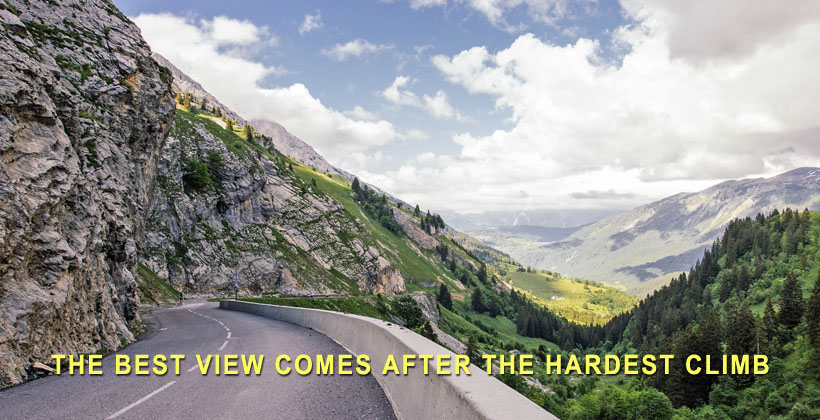ON THE ROAD
North America has a very complex network of roads with sometimes large differences in road quality. Toll roads, bridges, tunnels and ferry crossings are sometimes an important part of your route. There are fees for using ferries and toll roads. Sometimes, to avoid fees or to make shortcut, commercial drivers are choosing alternative, and often longer and more difficult routes than necessary to reach their final destination. Also shortcuts can be full of obstacles that are not marked on maps. These may include narrow roads with sharp bends and poor road surfaces.
Unfortunately, wrong routes are chosen, and if the vehicle is poorly equipped (or not carrying proper equipment), accidents can easily occur, sometimes with disastrous consequences. To avoid such situations, it is quickest and cheapest to take the main roads, even if this means you have to pay tolls and ferry fees.
DRIVING STRATEGIES THAT WORK - Once you get out on the open road, you quickly realize not one road is the same as the other. To cover instructions on how to drive might be ok in one place, but not in another. Driving on the interstate and other limited access highways, can differ depending on the terrain you are on.
If you want to find more information about following distance, passing, mountain braking, cross-traffic turning, checking your equipment and related info, just CLICK HERE...
ROAD RAGE IS TOXIC AND RISKY - Road rage and hostility is toxic and risky and anyone cam become an aggressive driver! Never underestimate the potential for violence in any person. Keep your cool in traffic, be courteous and patient to other drivers and try to correct unsafe driving habits that are likely to endanger, infuriate, or antagonize other motorists.
If you come across aggressive driver or you agitated another driver, do not give in to feelings of anger. Giving into anger will not only irritate the situation further, it can have deadly consequences. Before reacting to another person's mistake or someone challenging you, remind yourself that other driver is just bad at handling stress, assume it is not intentional or personal, avoid eye contact or any other reaction and continue driving safe. Keep in mind that you win by not engaging and staying safe is more important than teaching someone a dangerous lesson. Highway is no place to settle a dispute. Read more...
HIDDEN GEMS - For those who have lived or live on the road, like long haul drivers, routine and road habits are just part of regular day at work. But maybe sometimes you can fall into a bit of a exploration and discovery mode and want to try out something new and interesting when you have a time to do that. Read more...

